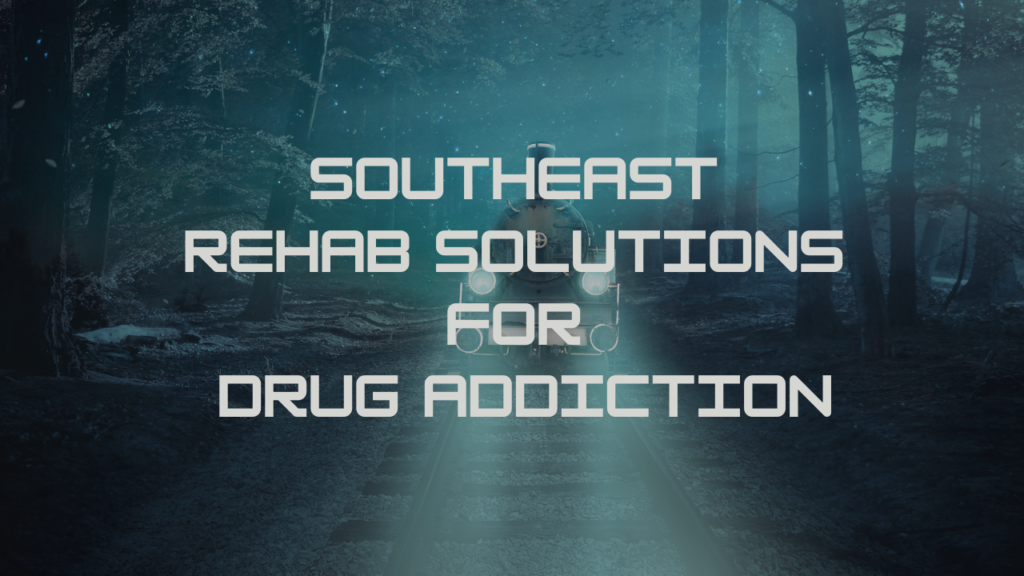
Choosing to seek help for drug addiction is a courageous step toward reclaiming one’s life. However, the next challenge often lies in selecting the right rehab solution that fits individual needs. In the Southeast, a variety of rehab facilities offer diverse programs and treatments, making it essential to understand the options available. This guide provides insight into the factors to consider when choosing a rehab solution in the Southeast.
Understanding Different Types of Rehab Programs
Rehab facilities generally fall into two categories: inpatient and outpatient. Inpatient programs offer a structured environment where individuals reside at the facility, receiving 24/7 care and support. This immersive approach is beneficial for those with severe addiction or co-occurring mental health disorders, as it allows for intensive therapy and medical supervision.
Outpatient programs, on the other hand, allow individuals to live at home while attending scheduled therapy sessions. This option provides flexibility, making it suitable for those with strong support systems and less severe addiction. When selecting a program, individuals should evaluate their lifestyle, support network, and the severity of their addiction to determine the best fit.
Specialized Treatment Approaches
Each rehab facility may adopt unique treatment methodologies tailored to the needs of their clients. Southeast Rehab Solutions often integrates evidence-based practices, such as Cognitive Behavioral Therapy (CBT), Dialectical Behavior Therapy (DBT), and motivational interviewing. These therapies help individuals understand the root causes of their addiction, develop coping strategies, and change harmful behaviors.
Moreover, many facilities incorporate holistic therapies, including yoga, meditation, art therapy, and outdoor activities. These alternative approaches can enhance the healing process by promoting mental and emotional well-being alongside physical recovery. When researching facilities, prospective clients should inquire about the types of therapies offered and consider which ones resonate with their personal healing journey.
The Importance of Aftercare Support
Recovery does not end upon leaving a rehab facility; rather, it is a continuous process that requires ongoing support. Effective aftercare programs can significantly influence long-term sobriety. Many Southeast rehab facilities provide structured aftercare services, including support groups, individual counseling, and continued access to medical professionals.
By participating in aftercare, individuals can build a robust support network that aids in maintaining sobriety, helps in navigating challenges, and fosters accountability. It is crucial for individuals to discuss aftercare options with potential rehab centers to ensure a comprehensive plan is in place for their post-rehabilitation journey.
Evaluating Credentials and Reviews
When considering rehab facilities, verifying their credentials and reputation is vital. Ensure that the facility is licensed and accredited by relevant organizations, as this signifies that they meet established standards of care. Reading reviews and testimonials from former clients can provide valuable insight into the facility’s environment, staff, and overall effectiveness.
Additionally, a facility’s approach to individualized care should be a top priority. Each person’s experience with addiction is unique, and personalized treatment plans are critical for successful outcomes. Facilities that prioritize tailored approaches tend to yield better results in helping clients achieve long-term recovery.
Conclusion
Choosing the right path for overcoming addiction is a deeply personal decision that requires careful consideration of various factors. By understanding the types of rehab programs available, exploring specialized treatment approaches, prioritizing aftercare support, and evaluating credentials, individuals in the Southeast can make informed choices. Taking this essential step toward recovery can lead to a renewed sense of hope, empowerment, and the possibility of a healthier, fulfilling life.

Leave a Reply